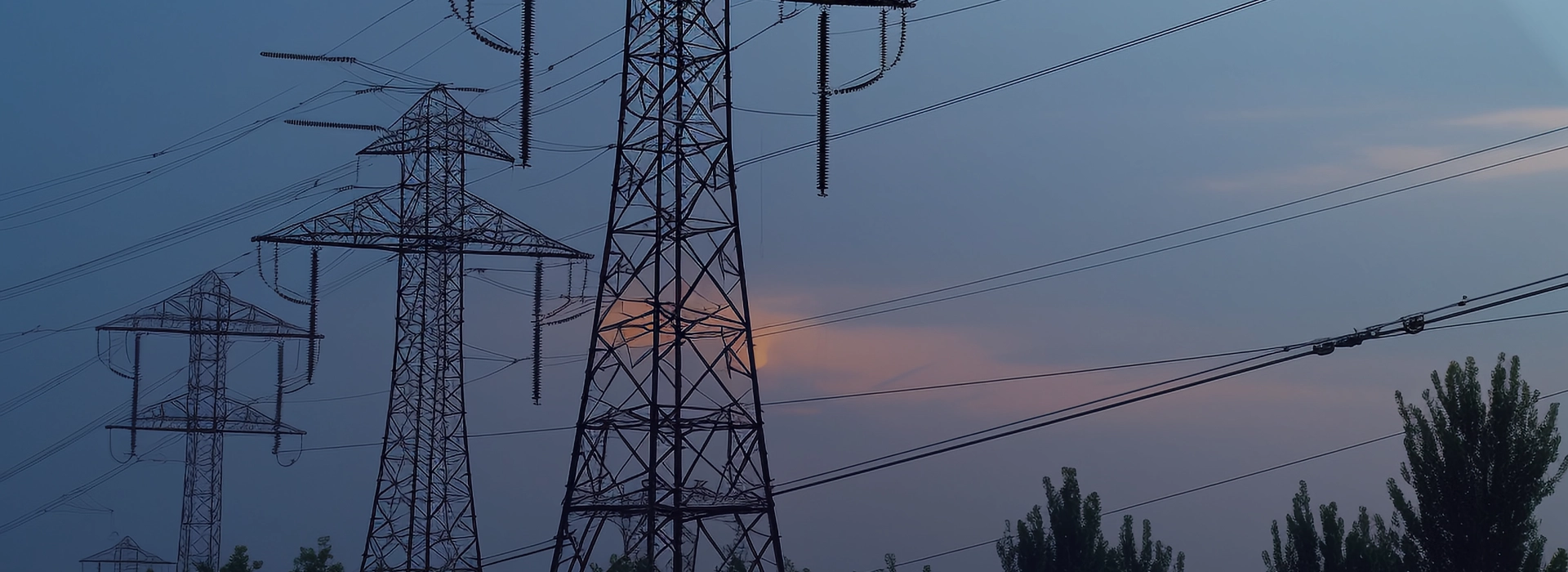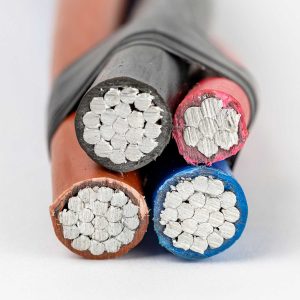Advantages of Overhead Cables
Lower Construction Costs
Overhead cables typically require significantly less infrastructure investment compared to underground alternatives. Since they do not involve extensive excavation, trenching, or protective conduits, both labor and material expenses are substantially reduced.
Simpler Installation and Maintenance
The installation process is quicker and more straightforward, as overhead cables can be directly suspended between poles or towers.
Maintenance and repairs are also more convenient—faults are often visible upon inspection, and technicians can easily access the cables for servicing or replacement.
Ideal for Remote or Rural Areas
In sparsely populated or rural regions, overhead cables are often the preferred solution due to their cost-effectiveness and ease of deployment across long distances.
Avoidance of Underground Hazards
Unlike underground cables, overhead lines are not susceptible to damage from soil corrosion, ground movement, or accidental excavation (e.g., during construction or landscaping projects).
Preservation of Underground Space
Overhead cables do not occupy valuable underground space, allowing it to be allocated for other utilities (e.g., water pipelines, gas lines, or fiber optic networks) or future infrastructure development.
These benefits make overhead cables a practical and efficient choice for electrical power distribution and communication networks, particularly in scenarios where cost efficiency, accessibility, and simplicity are key considerations.




